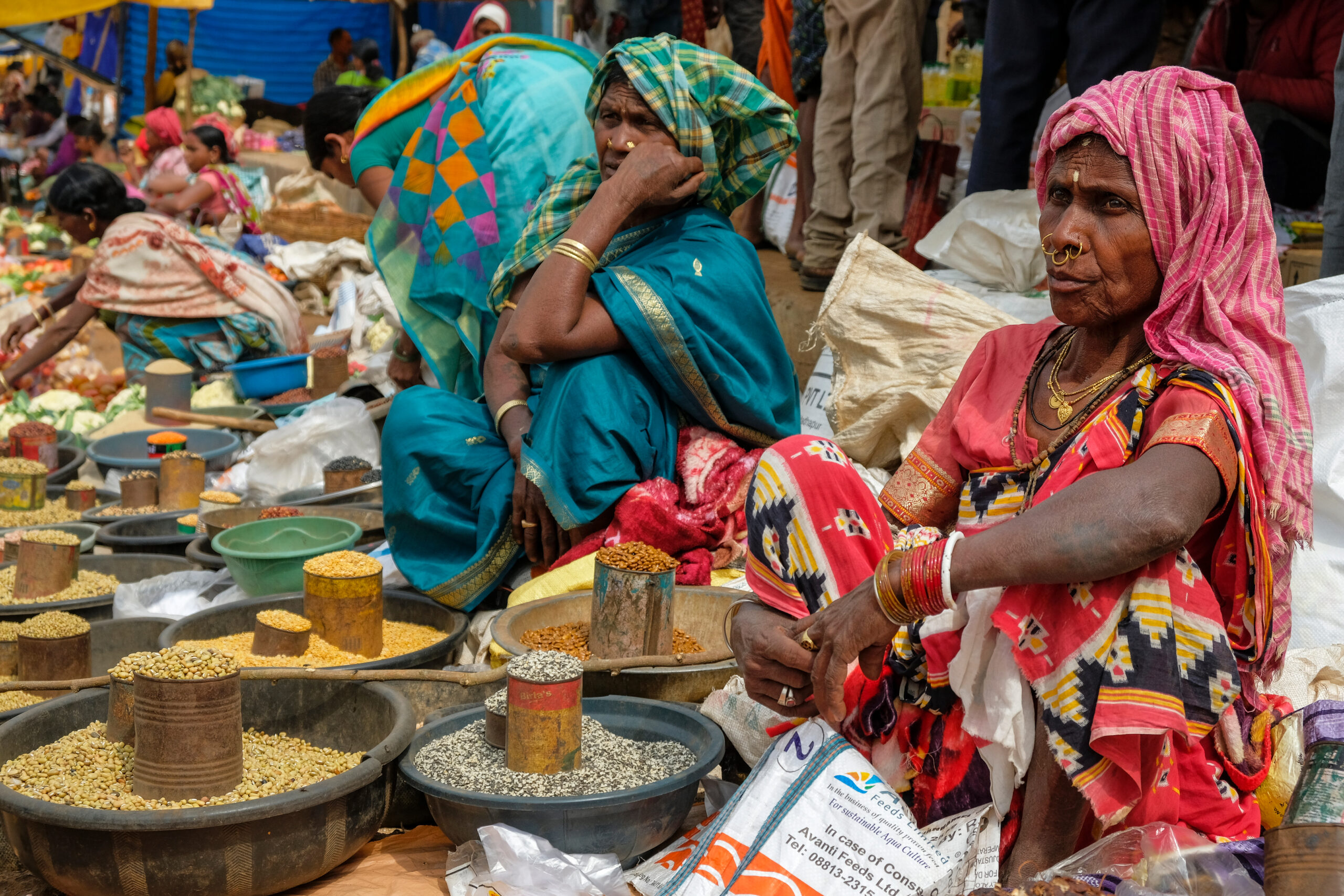
India’s recent ranking of 105th in the Global Hunger Index (GHI) serves as a sobering reminder that beneath the narratives of ‘Shining India’ and ‘Digital India’ lies a harsh reality of hunger, poverty, and inequality. Despite being one of the fastest-growing economies and home to a population of 1.45 billion people, a staggering number of Indians continue to struggle with food insecurity, malnutrition, and inadequate living conditions.
India’s economic achievements are often highlighted as examples of its progress, with its $689.5 billion in foreign reserves and the growing influence of its tech and space industries. However, the same country where luxury skyscrapers rise in urban hubs like Mumbai and Bengaluru also grapples with the fact that approximately 83 million people still live below the poverty line, subsisting on less than $2.15 a day. Moreover, around 163 million people endure multidimensional poverty, which means they suffer from multiple forms of deprivation, including poor access to health care, education, and living standards.
These glaring contradictions showcase India’s internal struggles. While the government promotes a vision of progress and modernization, millions of people remain on the fringes, excluded from this growth. The country boasts a defense budget of $74.3 billion, but only 5.5% of its GDP is dedicated to infrastructure and welfare spending—a proportion that barely scratches the surface of India’s deep-rooted issues of underdevelopment. India’s hunger problem is particularly devastating among its children. According to a Harvard study, India is home to 6.7 million “zero-food” children—those who have gone without food for 24 hours—representing nearly half of all such children in 92 countries. The percentage of malnourished children in India is comparable to nations like Guinea, Benin, and Liberia, countries that do not possess India’s vast resources or global influence.
This crisis of child malnutrition illustrates a failure in addressing basic human needs. Children make up 19.3% of India’s population, and for such a large segment to experience hunger on this scale highlights a deep systemic problem. In contrast, countries like Costa Rica have nearly eradicated child hunger, showing that the issue in India is not inevitable but a result of policy decisions and priorities. The Modi-led Bharatiya Janata Party (BJP) government has long marketed itself as the architect of India’s economic resurgence, leveraging slogans like ‘Digital India’ and positioning the country as a rising global power. However, the persistence of hunger and poverty in India suggests that this narrative is more rhetoric than reality.
India’s poor performance on the GHI ranking is not merely an indicator of hunger but a reflection of structural inequalities that have festered under successive governments. Corruption at multiple levels has exacerbated these inequalities, preventing resources from reaching those who need them most. The government’s emphasis on projecting a developed and progressive India contrasts sharply with the ground reality of millions of people still fighting for their basic survival.
One of the groups most affected by this inequality is India’s minority populations, particularly Muslims and Dalits. Systemic discrimination has worsened their access to food and basic services, further deepening economic marginalization. Religious and caste-based biases have only added to the suffering of these communities, with hunger disproportionately affecting them. Adding to the complexities of India’s hunger crisis is the way the country manages its international image. Bollywood, India’s globally renowned film industry, has played a significant role in creating a narrative of India as a booming, prosperous nation. The glamorous portrayal of India in Bollywood films paints a picture of wealth, success, and modernity, which often overshadows the country’s serious internal problems, including widespread hunger. India’s low ranking on the GHI and its stark hunger crisis should prompt the international community to question the country’s development narrative. The United Nations and other global bodies must call for accountability, urging the Indian government to focus on reducing inequality and alleviating hunger instead of merely projecting an image of progress.
The Modi government’s failure to address these critical issues speaks to a broader trend of prioritizing global influence over domestic welfare. While India seeks a seat at the global high table, its people suffer from the very basic challenges of hunger and malnutrition. In the face of these realities, India’s development story remains incomplete. True progress cannot be measured by economic growth or foreign reserves alone; it must also be reflected in the well-being of its people. Until the hunger crisis is adequately addressed, India’s shine will remain a façade hiding a grim reality.
